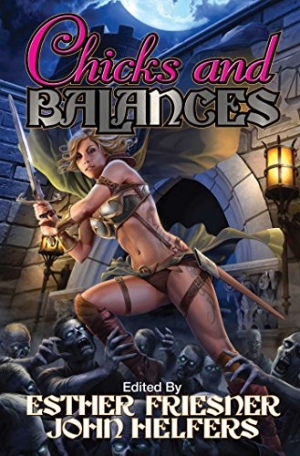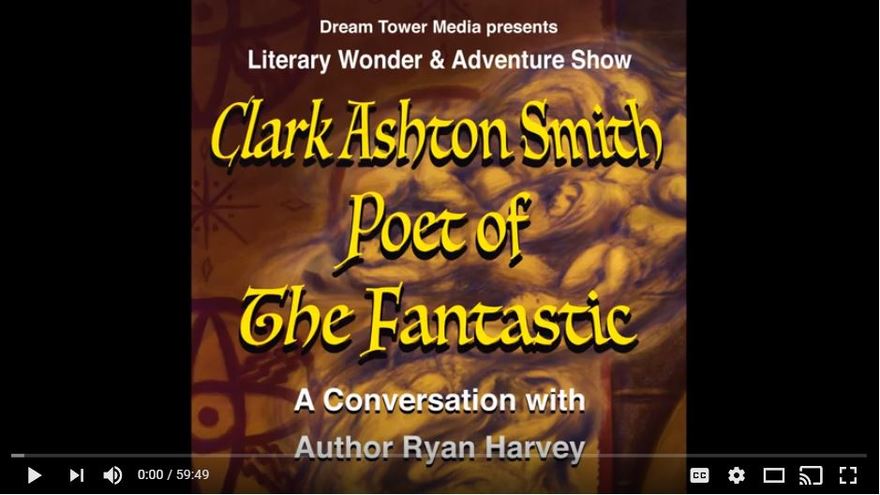Vintage Treasures: A Midsummer Tempest by Poul Anderson
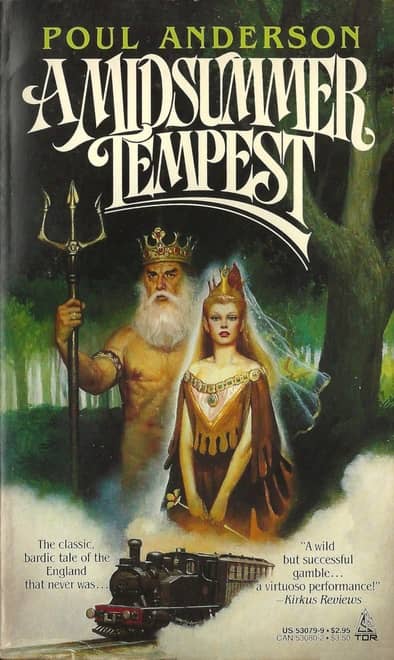 |
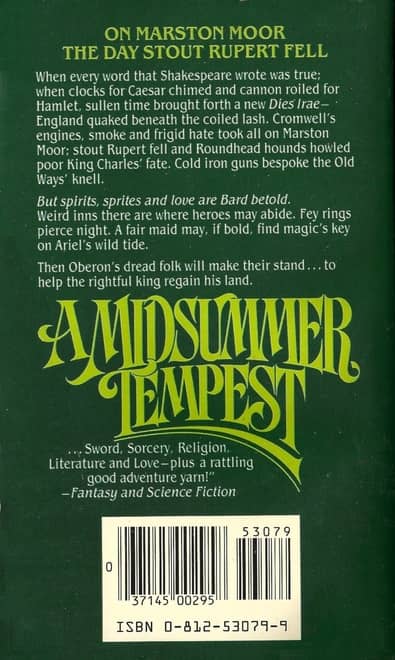 |
Cover by Luis Bermejo
Poul Anderson formed a pretty consistent part of my paperback SF diet in the late 70s and early 80s. Novels like Mirkheim (1977) and classic tales like the Hugo Award-winning “No Truce with Kings” (1963) made me an early fan. But I always thought of Anderson as an SF writer, and as a result I never paid much attention to his fantasy. It wasn’t until my fellow writers here at Black Gate educated me that I learned what I was missing:
Ryan Harvey on The Broken Sword
Fletcher Vredenburgh on The Whole Northern Thing: Hrolf Kraki’s Saga by Poul Anderson
Gabe Dybing on Poul Anderson and the Northern Mythic Tradition: An Introduction
Gabe Dybing on Chaotic and Lawful Alignments in Poul Anderson’s Three Hearts and Three Lions
Gabe Dybing on Northern Matter in Poul Anderson’s “Middle Ages” of The Broken Sword and in J.R.R. Tolkien’s Middle-Earth
Gabe Dybing on Sex and Violence in Poul Anderson’s Rogue Sword
I’ve recently started exploring more of Anderson’s fantasy back catalog, and last month I purchased a copy of A Midsummer Tempest, an alternate world fantasy in which William Shakespeare was an historian, rather than playwright, and the events he recorded were all factual. While the plot draws from multiple Shakespearean plays, as the name implies it is chiefly based on A Midsummer Night’s Dream and The Tempest. It was nominated for both the World Fantasy Award and a Nebula, and won the 1975 Mythopoeic Award for Best Novel.
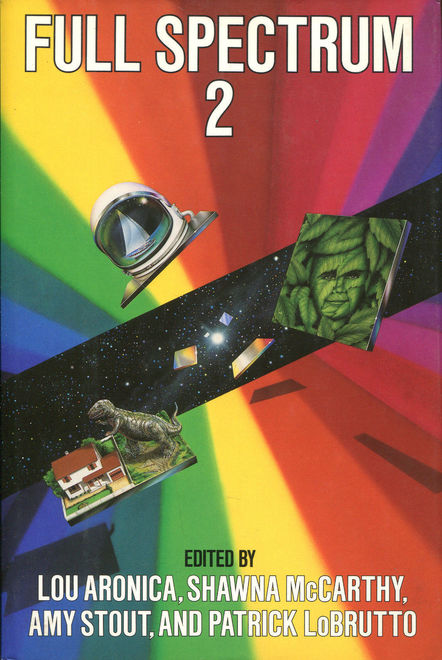
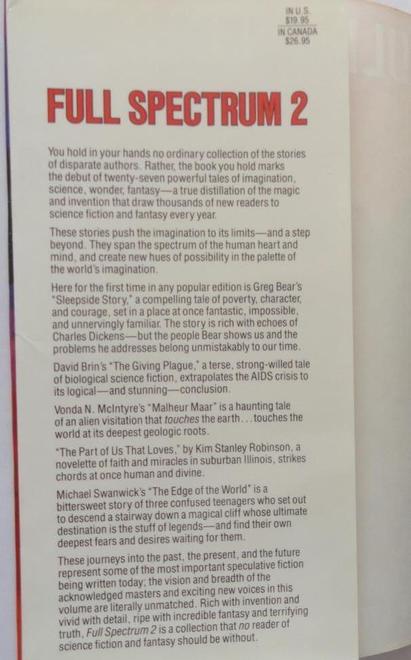
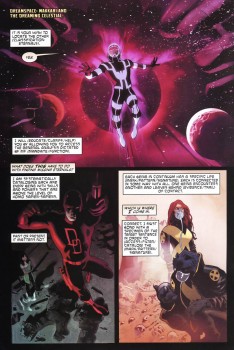

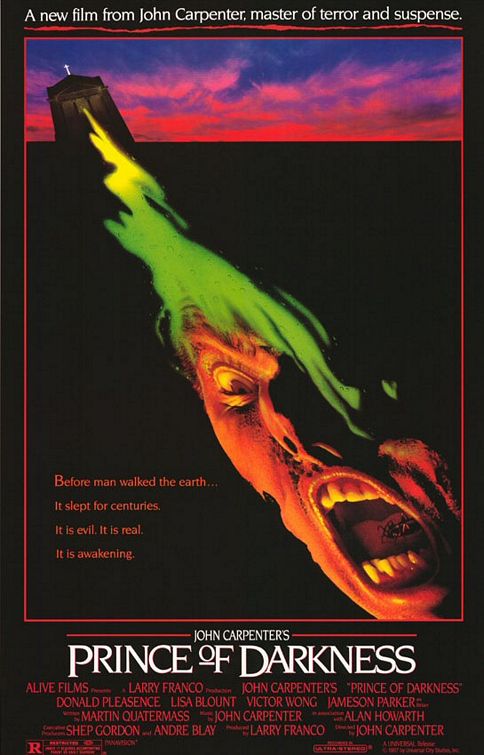
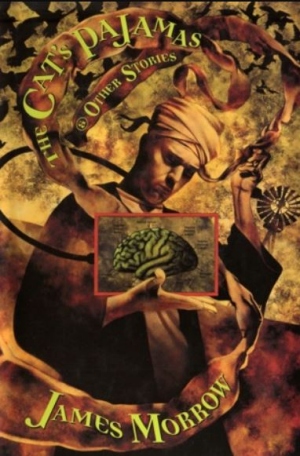
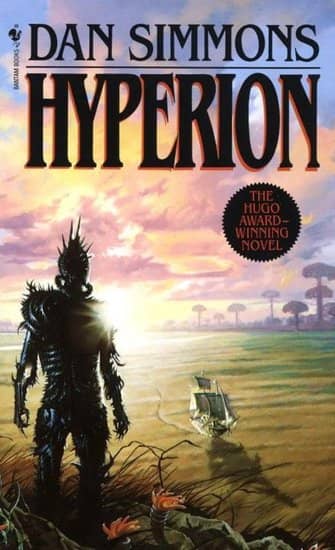
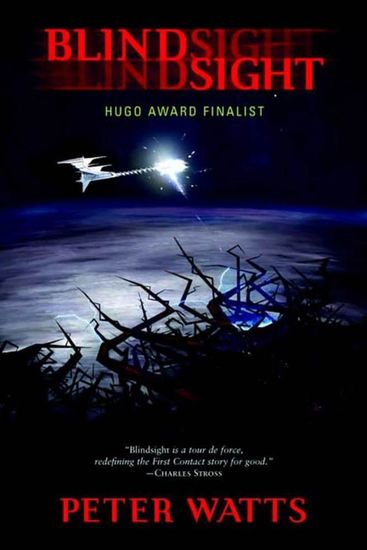
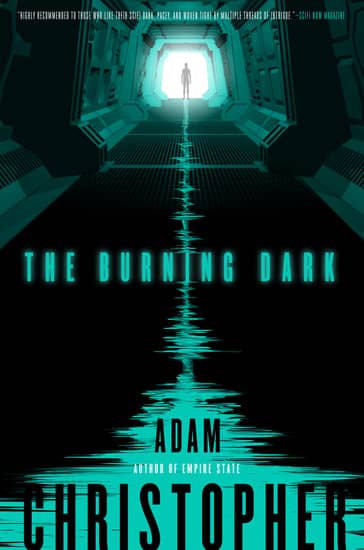
 It’s often struck me that writers get more respect in other countries than they do in North America (I’m thinking specifically Europe here, since that’s the limit of my experience). When I told my (Spanish) mother as a child that I was going to be a writer when I grew up, she asked why was I wasting time talking to her, why wasn’t I getting started?
It’s often struck me that writers get more respect in other countries than they do in North America (I’m thinking specifically Europe here, since that’s the limit of my experience). When I told my (Spanish) mother as a child that I was going to be a writer when I grew up, she asked why was I wasting time talking to her, why wasn’t I getting started?